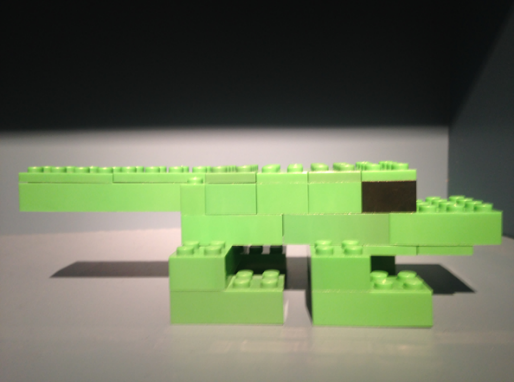Jambo!
Now that we have a good Internet connection to the Internet (there aren’t a lot of Internet cafes in the middle of the Serengeti), I thought I should update you on our adventures!
The second evening in Tanzania, a brave few were fortunate enough to be taken on a late afternoon nature hike. We were in by dark, however, as we quickly learned that most of the adventures end promptly around 6:30 p.m. — when the sun sets. There are no fences at any of the places we overnighted and, as the animals — large and small — roam freely, you need to be in by dark!

Photo courtesy of Nicole & David Temple
We had several birders on the trip (a very helpful thing on a trip like this!), so as they were spotting their feathered friends, I was looking for smaller critters like this awesome matabele ant crawling across some acacia leaves.

Photo courtesy of Nicole & David Temple
Termite mounds are also abundant across Tanzania. Termites need water to make their mounds, so if they have no access to water, the termites can dig up to 100 feet down to find some. Lots of things here eat termites, including some people. When roasted, they have a nutty flavor.
I don’t know a lot about plants, so I was astounded to learn that there were that many varieties of acacia. On this trip alone we saw 16 different species — my favorites being the wait-a-bit tree and the whistling thorn acacia. I was also surprised to see aloe vera here. Rather than a squat little ground plant like we have in the U.S., the aloe here grows into tall, thin trees. Below, our guide is showing us the marula tree.

Photo courtesy of Nicole & David Temple
It supposedly has medicinal properties and can be made into an after-dinner liquor named Amarula that aids in digestion. The leaves of the tree “make elephants and baboons drunk,” and so the elephant is used as the label image on the bottle.
Kwa heri!






